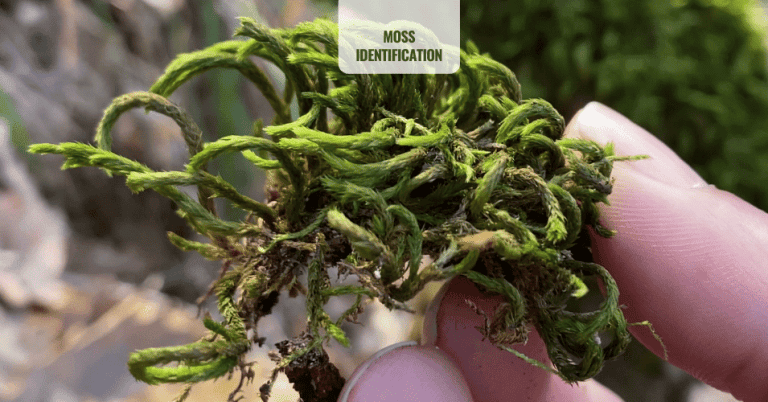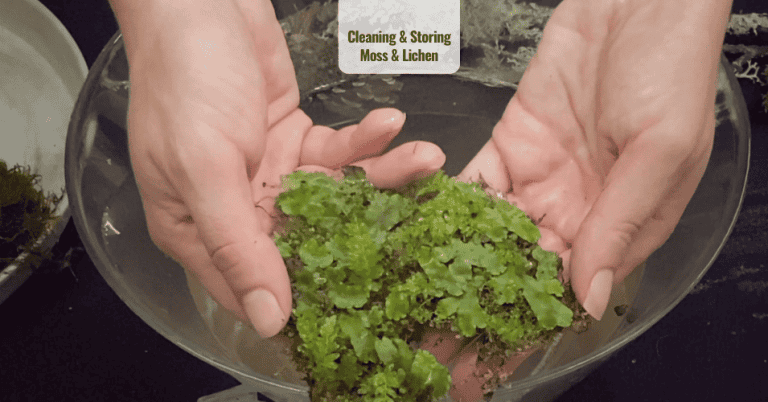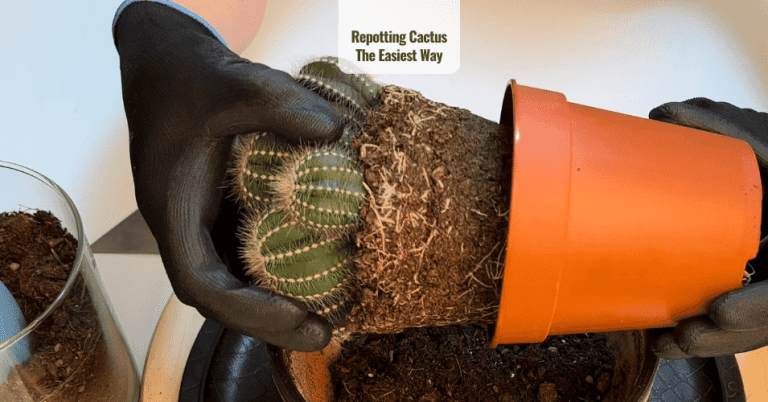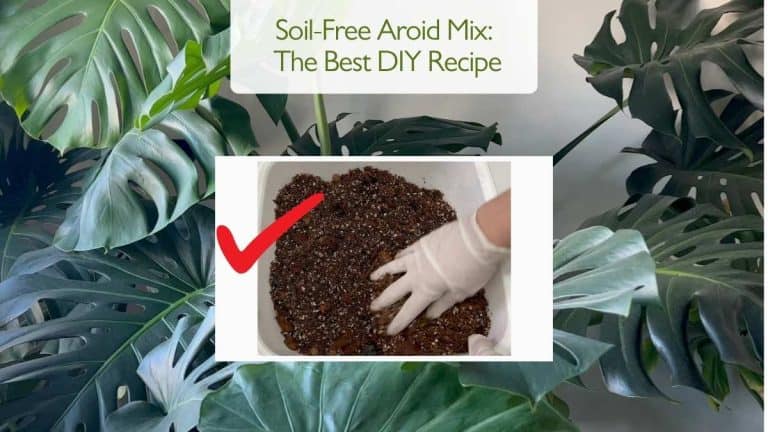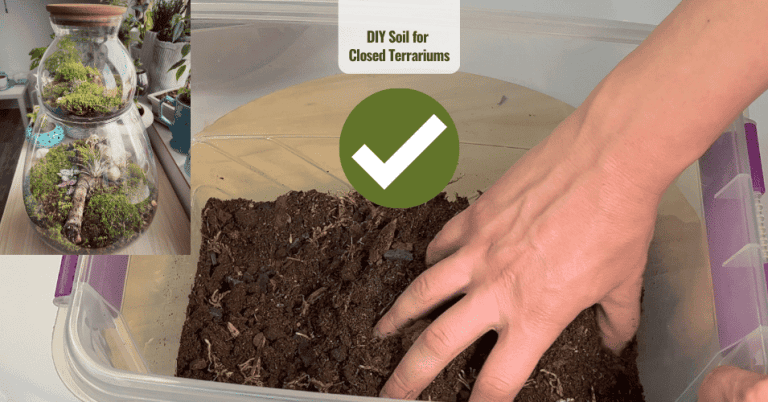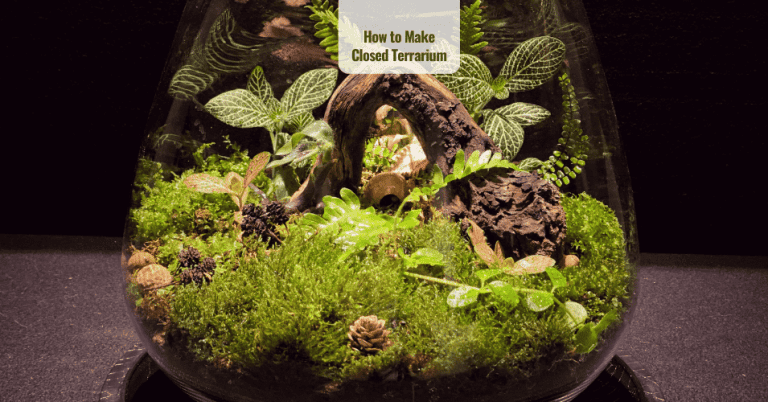How to Make a Closed Terrarium in a Glass Jar | Mini Ecosystem
If you’re looking to add a beautiful, natural touch to your home without taking up much space, learning how to make a closed terrarium in a glass jar is a fantastic project. Closed terrariums are self-sustaining little worlds — mini ecosystems that require minimal care while adding lush greenery and charm to any room. In this detailed guide, I’ll walk you through everything you need to know on how to make a closed terrarium.
Why Learn How to Make a Closed Terrarium?
Closed terrariums are perfect for anyone who loves plants but struggles with time or space. They mimic natural habitats, recycling moisture and maintaining humidity inside the jar, so you don’t have to water them often. Plus, they are visually captivating, making them ideal decorative pieces or thoughtful gifts.
By mastering how to make a closed terrarium, you bring a slice of nature indoors that’s both low-maintenance and high-impact. It’s a rewarding DIY project that connects you with nature in a simple yet meaningful way.
Materials Needed for How to Make a Closed Terrarium
Before you start assembling your closed terrarium, gather the following supplies:
- A clear glass jar with a tight-fitting lid (think mason jars, apothecary jars, or any glass container you love)
- Small pebbles or stones for drainage
- Activated charcoal to keep water fresh and prevent mold
- Quality potting soil suited to your chosen plants
- Small plants or succulents that thrive in humid, enclosed environments
- Optional: decorative elements like tiny figurines, colorful stones, or natural wood pieces
You can find all these materials easily at garden centers, craft stores, or even recycle items you already have at home.
Step-by-Step Process: How to Make a Closed Terrarium

1. Create a Drainage Base
Start by adding a layer of small pebbles or stones at the bottom of your glass jar. This drainage layer prevents excess water from sitting in the soil and helps avoid root rot — a common terrarium issue.
2. Add Activated Charcoal
Next, sprinkle a thin layer of activated charcoal over the pebbles. This step is crucial for keeping your terrarium fresh by filtering impurities and preventing unpleasant odors and mold buildup.
3. Add Potting Soil
Choose a potting mix that matches your plants’ needs. For example, succulents prefer well-draining soil, while mosses do well in more moisture-retentive soil. Add enough soil to form a small mound or layer thick enough to plant your greenery securely.
If you want to learn how to prepare the perfect soil mix for terrariums, check out my detailed guide on soil preparation here.
4. Plant Your Miniature Garden
Carefully plant your chosen greenery inside the jar. Opt for small plants that thrive in humid, enclosed spaces — moss, ferns, small tropical plants, or tiny succulents work beautifully. Arrange them thoughtfully to create an attractive composition that you’ll love watching grow.
5. Add Decorative Touches
Personalize your terrarium by adding small decorative stones, figurines, or natural wood accents. These details can make your terrarium feel like a miniature enchanted forest or a serene zen garden.
6. Seal and Place Your Terrarium
Once your terrarium is planted and decorated, seal the jar with its lid. Place it in an area with bright, indirect sunlight. Avoid direct sun, which can overheat the enclosed environment and damage your plants.
Common Mistakes to Avoid When Learning How to Make a Closed Terrarium
When exploring how to make a closed terrarium, it’s important to be aware of some common pitfalls that can affect your terrarium’s success. One frequent mistake is overwatering, which leads to excess moisture and mold growth inside the jar. Since closed terrariums recycle water, you only need to water sparingly after the initial setup. Another mistake is placing the terrarium in direct sunlight, which can create a greenhouse effect, overheating and damaging your plants. Instead, choose a spot with bright but indirect light. Lastly, selecting plants that are not suited for high humidity environments can cause poor growth or even plant death.
Caring for Your Closed Terrarium
One of the best things about a closed terrarium is its low maintenance. Because the water cycle happens naturally inside, you only need to open the lid occasionally to let in fresh air or add a bit of water if the soil appears dry. Watch for condensation; a little moisture on the glass is good, but too much means you may need to vent the jar.
By following this step-by-step method of how to make a closed terrarium, you’ll create a beautiful, thriving mini ecosystem that brings calm and greenery into your living space.
For a visual guide and extra tips on how to make a closed terrarium, watch the full step-by-step video below. Seeing each step in action will boost your confidence and help you create your own perfect closed terrarium!
Curious about how to revive dried moss and care for it to enhance your terrarium? Check out my detailed guide on moss care and maintenance here!
Explore More Music for Your Plants & Stay Connected!
Check out my Playlist: Music for Plants and find the perfect tunes to help your plants and yourself thrive.
Don’t forget to visit my YouTube Channel Plant House & Garden and subscribe — your support means the world to me!
Connect with me on social media for more plant care tips and music updates: Instagram | Facebook | X | Pinterest | Reddit | TikTok
Love plants? Love music? Don’t miss out on new updates — hit subscribe and follow now to keep your plants happy and your space vibrant!


